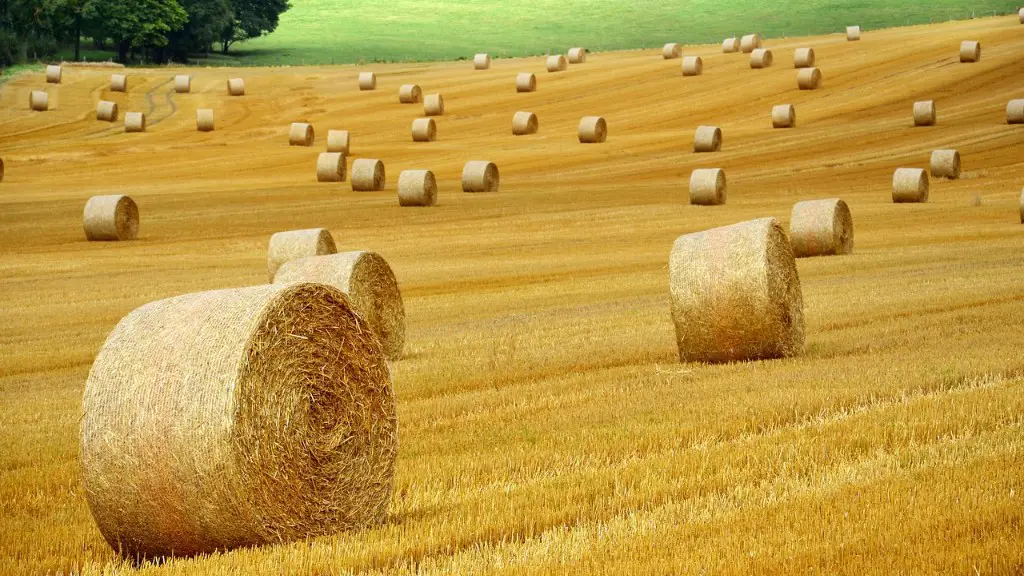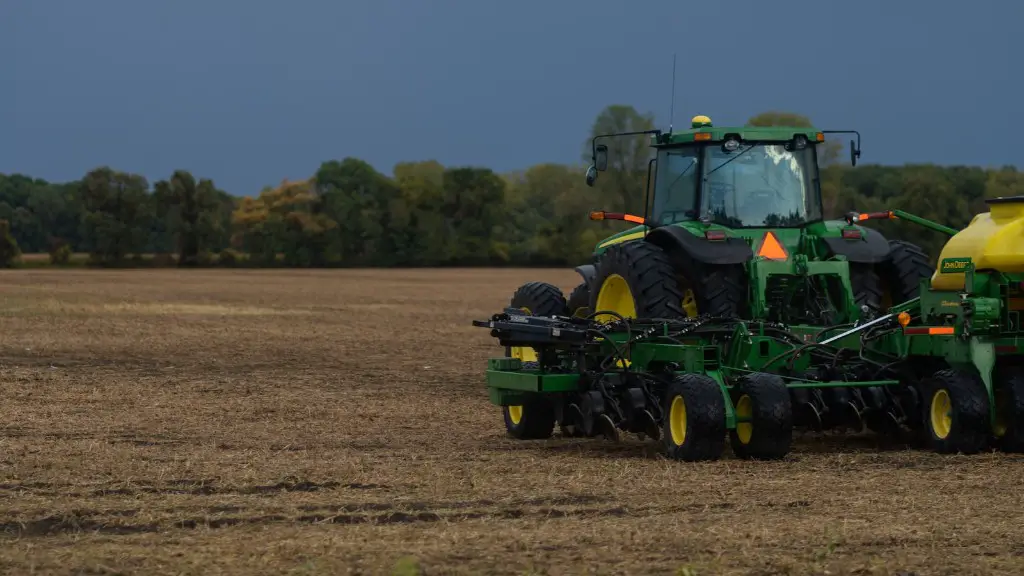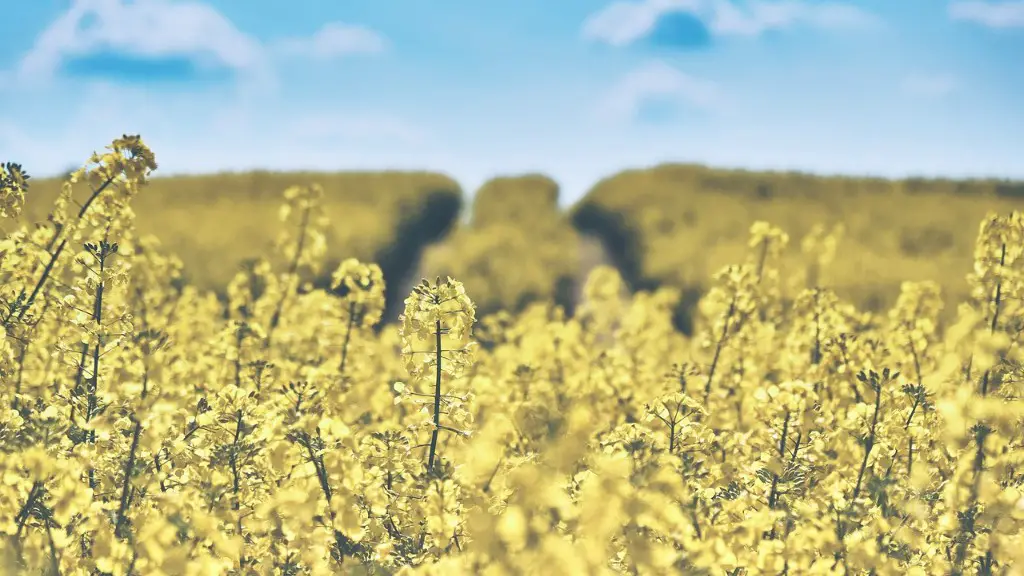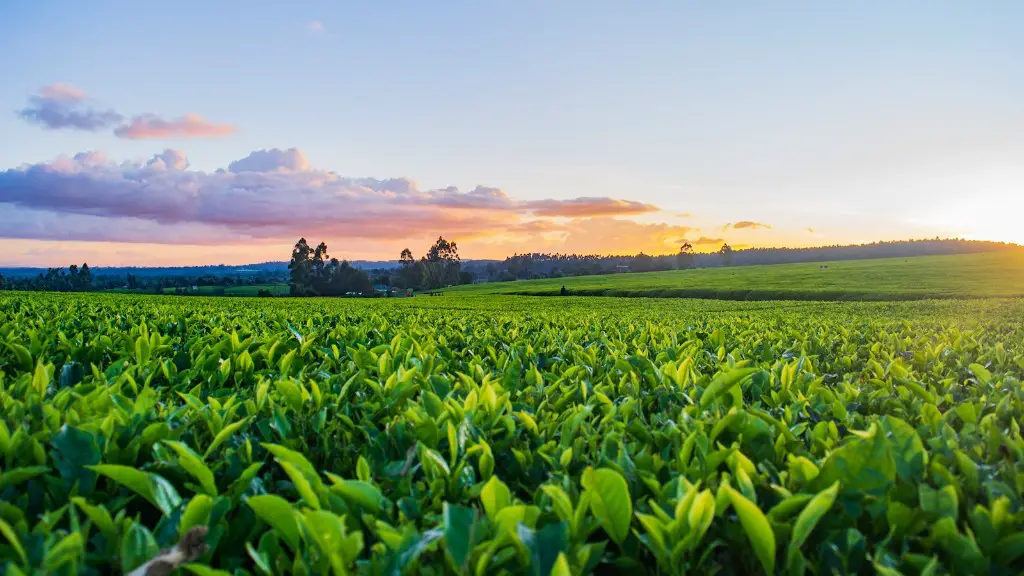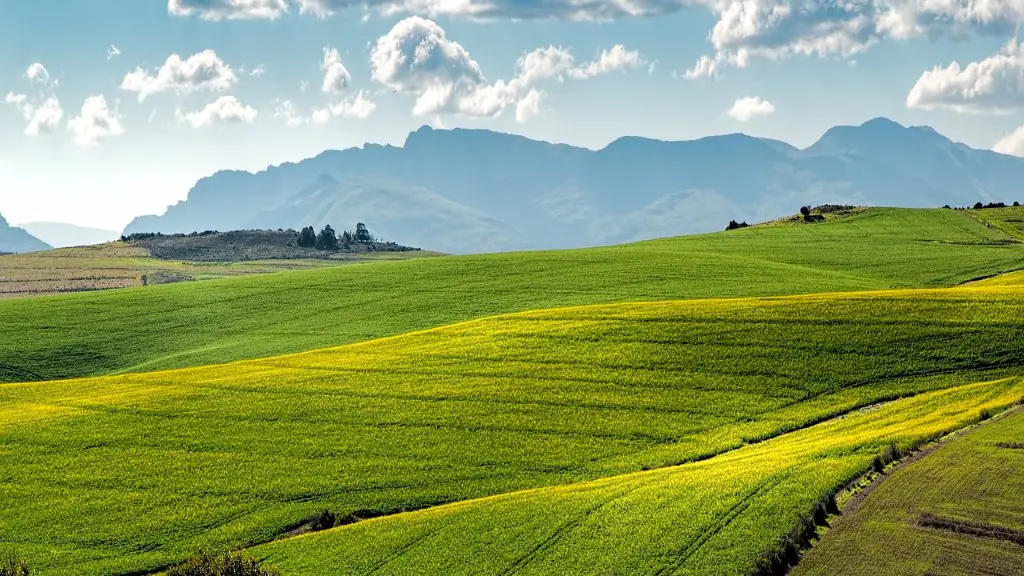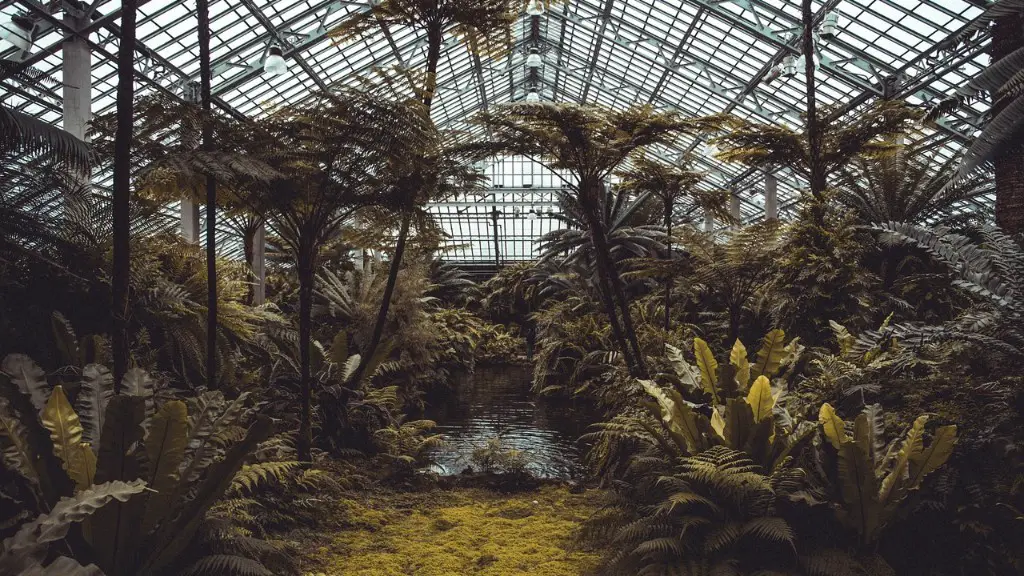Conservation agriculture is a way of farming that helps to protect and conserve our natural resources. It is an approach that helps us to manage our land, water and soil in a sustainable way, so that we can continue to produce food and other products, while also protecting our environment.
The field of conservation agriculture (CA) involves the study and practice of maintaining or increasing the amount of soil organic matter in agricultural systems. The main goals of CA are to improve the productivity and sustainability of agricultural systems. Benefits of CA practices include increased water and nutrient retention in the soil, improved soil structure and porosity, increased infiltration and storage of water in the soil, and reduced erosion.
What is the meaning of conservation agriculture?
Conservation agriculture is a type of agriculture that is designed to protect the environment. It uses cover crops, crop rotation, and minimal tilling to produce annual crops. This type of agriculture protects the soil, avoids emissions, and sequesters carbon.
The objectives of conservation agriculture are to improve yields, reduce costs and protect the environment. In order to achieve these objectives, conservation agriculture systems typically involve a number of management practices, including reduced tillage, crop rotation, cover crops, and the use of mulches and other soil amendments.
What are some types of conservation in agriculture
Conservation agriculture is a type of agriculture that focuses on conserving natural resources, such as soil and water. It is a relatively new concept, but one that is gaining popularity as more and more people become aware of the importance of sustainability. Conservation agriculture is largely the product of the collective efforts of a number of previous agricultural movements, including no-till agriculture, agroforestry, green manures/cover crops, direct planting/seeding, integrated pest management, and conservation tillage among many others.
There are a number of common practices that farmers can use to help protect and conserve water resources. Nutrient management involves using fertilizers and other nutrients in a way that minimizes pollution and runoff. Conservation tillage is a type of farming that minimizes soil disturbance, which can help reduce erosion. Cover crops are plants that are grown to protect the soil from erosion and provide other benefits, such as improved soil health. Field-edge filter strips are areas of vegetation that are planted next to fields to help filter out pollutants and sediment from runoff water. Fences can be used to exclude livestock from streams, which can help prevent water pollution and erosion.
What are the three key principles of conservation agriculture?
Conservation agriculture is based upon three principles: minimum tillage and soil disturbance, permanent soil cover with crop residues and live mulches, and intercropping. These principles help to reduce soil erosion, improve soil fertility, and increase crop yields.
Conservation agriculture is a type of agriculture that is less labor intensive and uses fewer energy inputs. This type of agriculture also improves nutrient use efficiency, which helps to stabilize and protect soil from breaking down and releasing carbon to the atmosphere.
What are the 3 types of conservation?
There are four types of conservation: environmental conservation, animal conservation, marine conservation, and human conservation. All four types of conservation are important in protecting our planet and its resources.
Global support for Conservation Agriculture (CA) is strong. CA revolves around three principles: no-till (or minimal soil disturbance), soil cover, and crop rotation. CA has been shown to be an effective pathway to Sustainable Intensification.
What are the challenges of conservation agriculture
There are a few challenges that this approach faces. One is that the land needs to be burned in order for the crops to grow. Another is that the livestock will eat the crops, which can lead to excessive use of herbicides.
Conservation agriculture is a set of practices that helps farmers to conserve natural resources and enhance crop production. The main components of CA include minimum soil disturbance, permanent organic soil cover, and diversified crop rotations. CA is promoted as a climate change adaptation measure for small-scale farmers in Zambia because it is touted as a sustainable adaptation practice that can improve productivity in marginal farming areas.
What are the 5 types of conservation?
All forms of life on the planet, including humans, depend on natural resources for their survival. However, the ever-increasing demand for these resources has put a strain on their availability, and their conservation has become essential.
There are many ways to conserve natural resources, and each one is important in its own way. For example, conserving soil and land helps to prevent erosion and degradation, while water and energy conservation help to reduce wastage and preserve these vital resources. Biodiversity and environment conservation are also crucial in order to protect the many different species of plants and animals that make up our planet’s ecosystems.
There are many different ways that individuals can conserve natural resources, both at home and in the workplace. Some simple measures include using energy-efficient appliances, conserving water by fixing leaks and using water-saving showerheads, and recycling or composting household waste.
businesses can also play a role in conservation by implementing green practices such as using recycled materials, reducing energy consumption, and investing in renewable energy sources.
Conserving natural resources is essential for ensuring the continued health and viability of our planet and all its inhabitants.
We conserve because we want to repair the damage done by humans, maintain species diversity, and provide opportunities for education and enjoyment of the environment. We want to leave the world a better place for future generations, and by conserving, we can do just that.
What are the three main objectives of conservation
The three interlocking, overlapping arrows symbolize the three objectives of conservation:
– maintenance of essential ecological processes and life-support systems;
– preservation of genetic diversity;
– sustainable utilization of species and ecosystems.
Each objective is essential to the success of conservation efforts. For example, maintaining essential ecological processes is necessary to preserve genetic diversity, as without a healthy ecosystem, species will not be able to thrive. Likewise, sustainable utilization of species and ecosystems is essential to maintaining essential ecological processes, as without sustainable management, ecosystems could be degraded or destroyed.
Children’s ability to conserve refers to their understanding that certain physical properties remain the same despite changes in appearance. This includes properties such as number, area, volume, and orientation. Additionally, children demonstrate reversibility by being able to undo actions, seriation by arranging objects in order, and transitivity by understanding that if A is greater than B and B is greater than C, then A is greater than C. Finally, class inclusion refers to a child’s understanding that objects can belong to more than one category. For example, a child may know that a dog is both an animal and a pet.
What are 2 examples of conservation?
There are many ways to conserve nature, and each method is important in its own way. Planting trees is one of the most effective ways to combat deforestation and help the environment. Using alternative energy resources helps to preserve natural resources. Establishing protected areas helps to preserve ecosystems and biodiversity. Hunting restrictions help to protect wildlife populations. Proper planting helps to restore ecosystems.
The Public Trust Doctrine states that there are certain resources that are essential to the public good and that the government has a responsibility to protect these resources for the benefit of all citizens. The Democratic Rule of Law ensures that all citizens have a say in how these resources are managed and that decisions are made in a transparent and accountable manner. Opportunity for All means that everyone should have a fair chance to access and enjoy these resources. Commercial Use means that businesses should be able to use these resources in a sustainable way that benefits the economy. Legitimate Use means that these resources should be used in a way that is consistent with the values of the society. Science and Wildlife Policy means that decisions about these resources should be based on the best available scientific knowledge. International Wildlife Migratory Resources means that these resources should be managed in a way that recognizes the importance of wildlife migration.
Warp Up
Conservation agriculture is a set of sustainable land management practices that aim to conserve water and soil, while also reducing dependency on external inputs such as synthetic fertilizers and pesticides. Conservation agriculture has been shown to have positive impacts on productivity, profitability, and environmental sustainability.
The best answer to this question is to Conservational Agriculture is to sow crop residues, such as straw, back into the field after the harvest. This maintains a continuous cover of vegetation on the soil surface, which can help to suppress weeds, reduce evaporation and moisture loss, and improve soil fertility.
